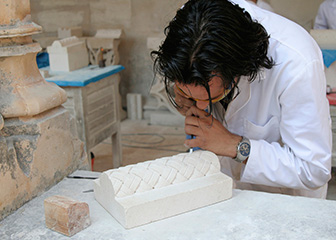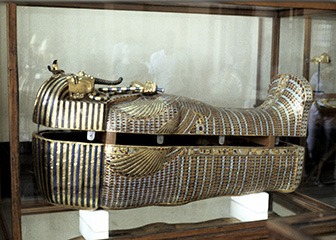Summary

| Quick Facts: Curators, Museum Technicians, and Conservators | |
|---|---|
|
$42,310 per year
$20.34 per hour |
|
| See How to Become One | |
| None | |
| None | |
| 23,800 | |
| 16% (About as fast as average) | |
| 3,800 | |
What Curators, Museum Technicians, and Conservators Do
Curators oversee collections, such as artwork and historic items, and may conduct public service activities for an institution. Museum technicians and conservators prepare and restore objects and documents in museum collections and exhibits.
Work Environment
Most curators work at museums, zoos, aquariums, botanical gardens, and historical sites. Those who install and restore exhibits may be required to climb, stretch, and work with bulky objects. Museum technicians work in museums, while conservators mostly work in laboratories.
How to Become a Curator, Museum Technician, or Conservator
Although some curator jobs require only a bachelor’s degree, many employers require curators to have a master’s degree combined with related work experience. Museum technicians must have a bachelor’s degree; conservators generally need a master’s degree.
Pay
In May 2010, the median annual wage of curators was $48,450, and the median annual wage of museum technicians and conservators was $37,310.
Job Outlook
Overall employment of curators, museum technicians, and conservators is projected to grow 16 percent from 2010 to 2020, about as fast as the average for all occupations. Public interest in science, art, and history will continue to spur demand for curators, museum technicians, and conservators. Applicants should expect strong competition for jobs.
Similar Occupations
Compare the job duties, education, job growth, and pay of curators, museum technicians, and conservators with similar occupations.
O*NET
O*NET provides comprehensive information on key characteristics of workers and occupations.
Contacts for More Information
Learn more about curators, museum technicians, and conservators by contacting these additional resources.








